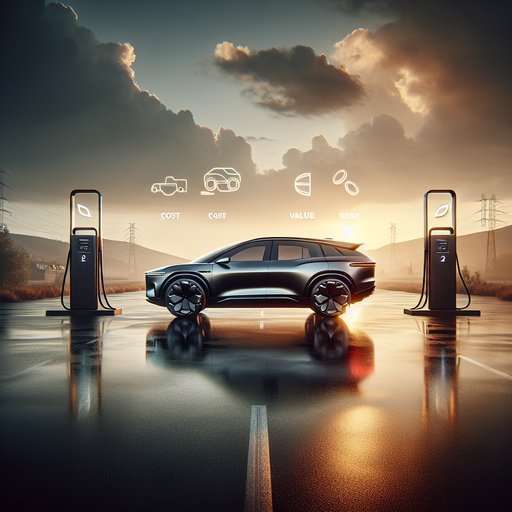
We spent a week and 650 miles with a 2024 Kia EV9 Wind AWD to see if Kia’s three-row EV justifies its mid-$60K price against pricier rivals like the Rivian R1S and Tesla Model X, and roomier than the smaller Model Y 3-row.
Our tester was a Wind AWD (dual-motor) on 20-inch wheels, rated at 379 hp (283 kW) with 443 lb-ft of torque, a 99.8 kWh battery, and an EPA range of up to 280 miles in this configuration. The EV9 rides on an 800-volt architecture supporting 10–80% fast charges in the mid-20-minute range under ideal conditions, plus an 11 kW onboard AC charger and vehicle-to-load capability for powering tools or camping gear. Towing is rated at 5,000 lb for AWD trims. Testing included a 70-mph highway range loop, mixed suburban commuting, a family road trip with the third row in use, and two DC fast-charge sessions on 350-kW hardware.
Ambient temperatures ranged from 62–81°F, and we kept climate control at 72°F in Auto. We also ran our standard acceleration and brake feel evaluations with two adults and ~200 lb of cargo aboard. Performance is strong for a 3-row: our GPS timer recorded 0–60 mph in 5.7 seconds, with brisk midrange passing power. The EV9 is tuned for calm, not chaos—body control is tidy and roll is progressive, but quick transitions reveal the vehicle’s mass.
Ride quality is composed on smooth interstate and slightly busy over expansion joints; 20-inch tires transmit sharp impacts more than we’d like. Steering is light and consistent, and brake blending between regen and friction is among the better calibrations in the segment, with predictable pedal travel. Efficiency and charging are where value is made or lost. On our 70-mph loop, we averaged 2.4 mi/kWh, projecting roughly 240 miles from full to empty—below the EPA figure but in line with other big-box EVs at that speed.
In two fast-charge stops from ~12% to 80%, we saw a 226-kW peak and a 24–27 minute window in mild weather, with a clean taper to ~150 kW by 50% SOC. At home, a 48A Level 2 setup replenished from 10% to 100% in about nine hours. The charging curve and 800V system meaningfully shorten road-trip dwell compared with many similarly priced EVs. Space and usability are standout strengths.
The second row is genuinely adult-friendly, and the third row fits kids or shorter adults for medium trips; floor height is typical EV (knees a bit up), but toe room helps. With all three rows up, two carry-on rollers fit upright with room for soft bags. The twin 12.3-inch displays are crisp, smartphone mirroring worked reliably (wired), and Kia’s Highway Driving Assist 2 kept smooth gaps with only occasional ping-ponging on tighter bends. Cabin materials feel class-appropriate in Wind trim, and the quiet driveline makes long hauls relaxing.
Value case: at roughly $64K as tested, the EV9 undercuts a Rivian R1S or Model X by five figures while matching or bettering them on fast-charge speed, warranty (10-year/100,000-mile powertrain and battery), and third-row practicality. You give up some off-road chops (vs R1S) and outright performance (vs Model X), and high-speed efficiency isn’t class-leading. Against a Model Y 3-row, the EV9 costs more but delivers a usable third row, higher tow rating, and a calmer ride. Recommendation: the Wind AWD is the sweet spot—skip the pricier GT-Line unless you need its cosmetics or features.
If you road-trip often and want real three-row space without luxury-brand pricing, the EV9 offers strong real-world value.












